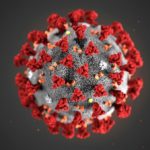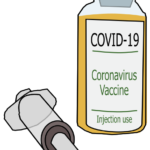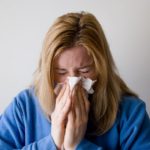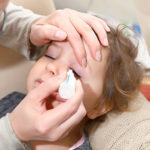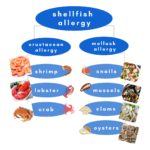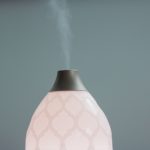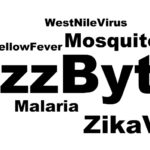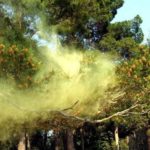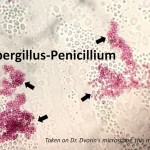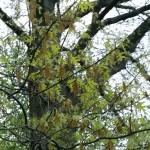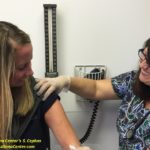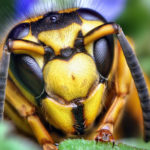allergies, allergy, allergy symptoms, Dr. Donald Dvorin, grass pollen, local pollen count, mold spores, mulberry tree pollen, oak tree pollen, pine tree pollen, pollen, pollen count, spring, The Asthma Center, tree pollen
Pollen Volume: We’ve Got the Full Story
“Volume is never the whole story.”
You’ve heard it before and you’ll hear it again from Dr. Dvorin.
Today, however, The Asthma Center is pleased to present Dr. Dvorin’s first local pollen count vlog, so you have a chance to hear him describe today’s pollen and mold count for the Delaware Valley.
Today, Delaware Valley’s only official Tree pollen count is lower today but still Very High. Trees don’t need to be at extreme levels in the air to trigger moderate to severe symptoms. For more information on local pollen counts and symptom correlation, see How We Count Pollen.
Dr. Dvorin saw concentrations of more than 400 grains per cubic meter of air. While it’s a decrease from earlier counts, there has been notable movement in what’s in the air.
Mulberry v. Oak
The battle for the Delaware Valley rages on. If this is the first you are hearing about it, catch up with Oak & Mulberry: Tree Pollen Battle Brewing.
Yesterday, Oak tree pollen constituted 80% of the pollen sample at our suburban station. Today, Oak tree pollen is reduced to 60% while Mulberry jumped from 1% to 20%. In our urban station, Mulberry jumped from 38% to 58% and Oak fell from 42% to 32%. Read our blog post “Street Tree Mulberry Struts it’s Stuff” to learn about Philadelphia’s street tree history and new places you can explore in the city. The differences in pollen predominance are relevant because not everyone experiences all tree pollens the same. A Very High day may feel worse for you than an Extreme day if the pollen you are most sensitive to increases. That is why The Asthma Center and Dr. Dvorin are committed to bringing you what’s in the air and not just volume.
Pineland Pollen Blitz Ahead
As we’ve noted before, Pine tree pollen has not yet fully arrived. Pine pollen has been known to dominate the air sample, especially with the Jersey Pinelands so close.
Grasses Advance Again
The levels go up steadily every day for Grass pollen. While they are still Moderate, expect a continuous climb as the season continues. For more tips on how to manage worsening Grass pollen symptoms, read “It’s Raining, Pouring: Local Pollen Count Soaring”.
Outdoor Mold Spores Drop Slightly from Very High to High.
No Ragweed or Other Weed Pollen are Seen.
What Can You Do?
Be sure to check back in for The Asthma Center’s daily Pollen and Mold Spore Count, the Delaware Valley’s only Official count station which is certified by the National Allergy Bureau. Subscribe to receive our daily counts by email or check out some of our other blog posts to learn more about what is in the air, how it can affect you, and what you can do about it.
Get Relief-Saturday appointments are available!
The best way to manage your allergies is to find out exactly what’s causing your symptoms. The Asthma Center has 9 locations in PA & NJ with the following Saturday hours in addition to our normal Monday – Friday business hours.
May 14: the Mount Laurel, NJ location will be seeing patients.
May 14: the Hamilton, NJ location will be seeing patients.
May 14 and June 4: the Langhorne, PA office will be seeing patients.
Recent
Popular



